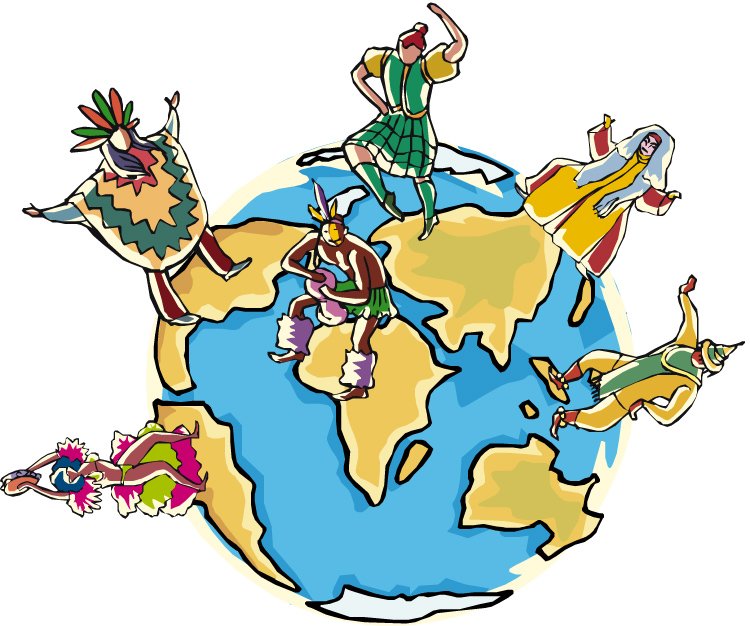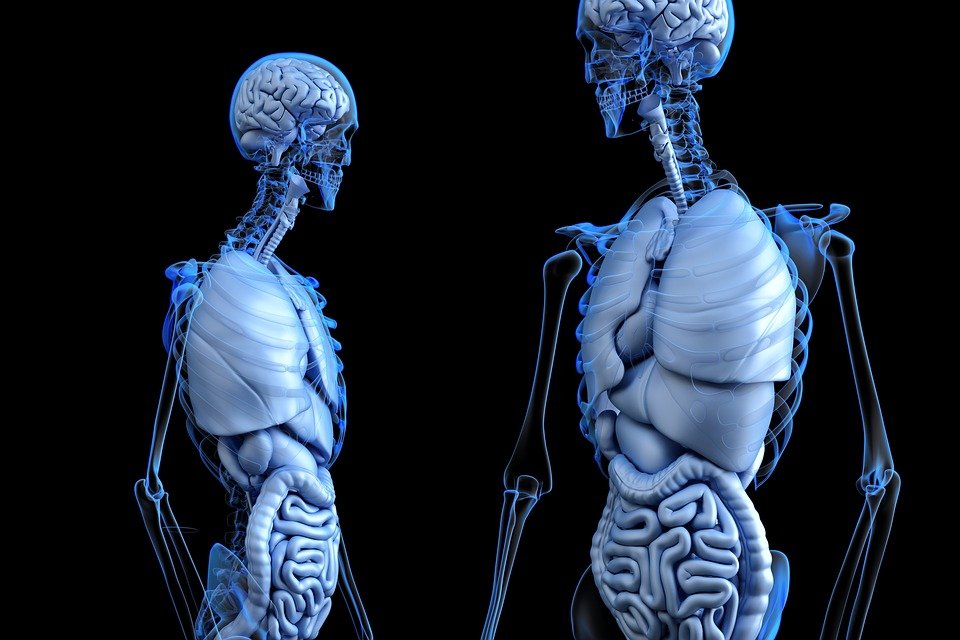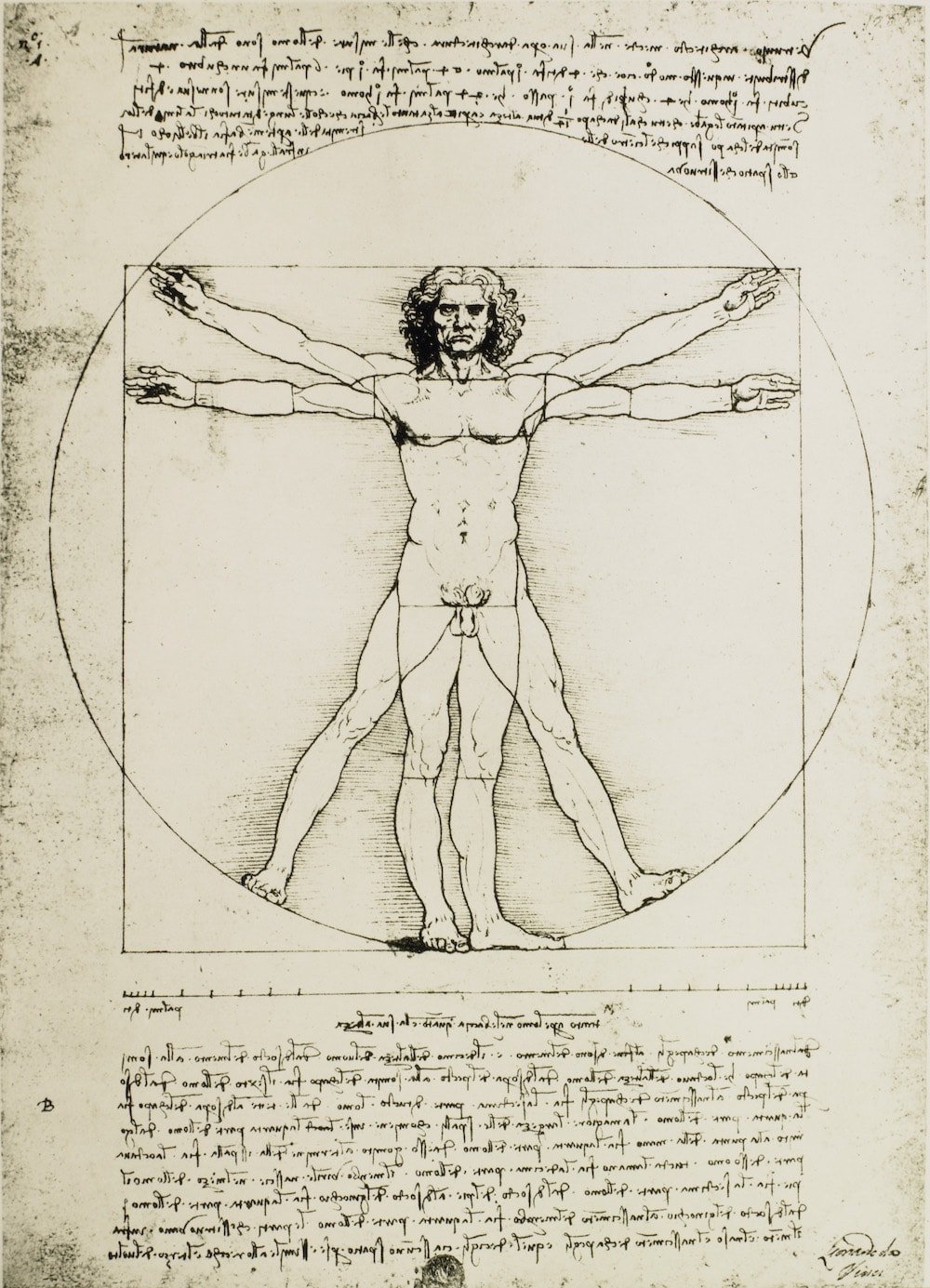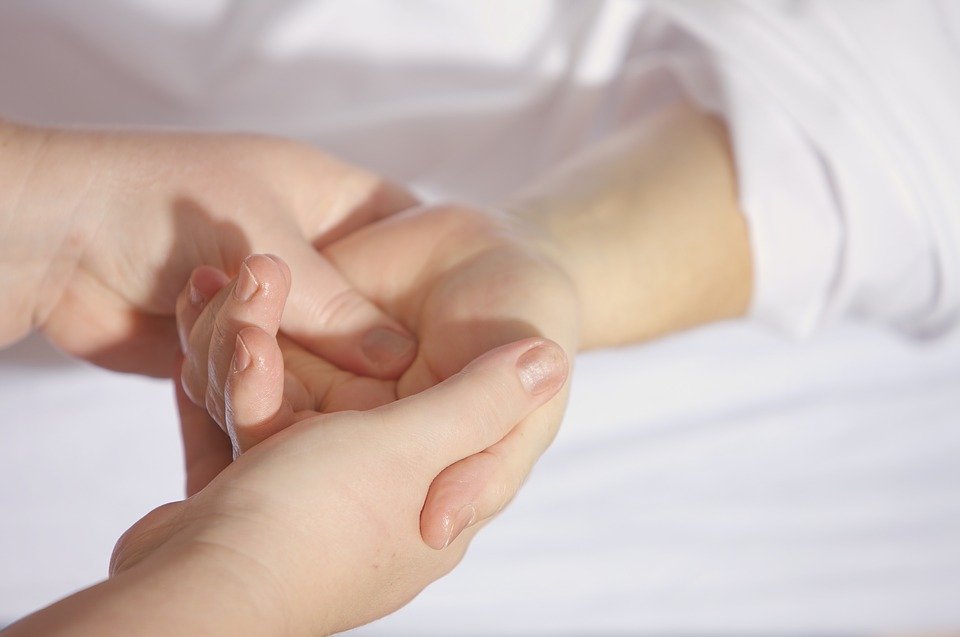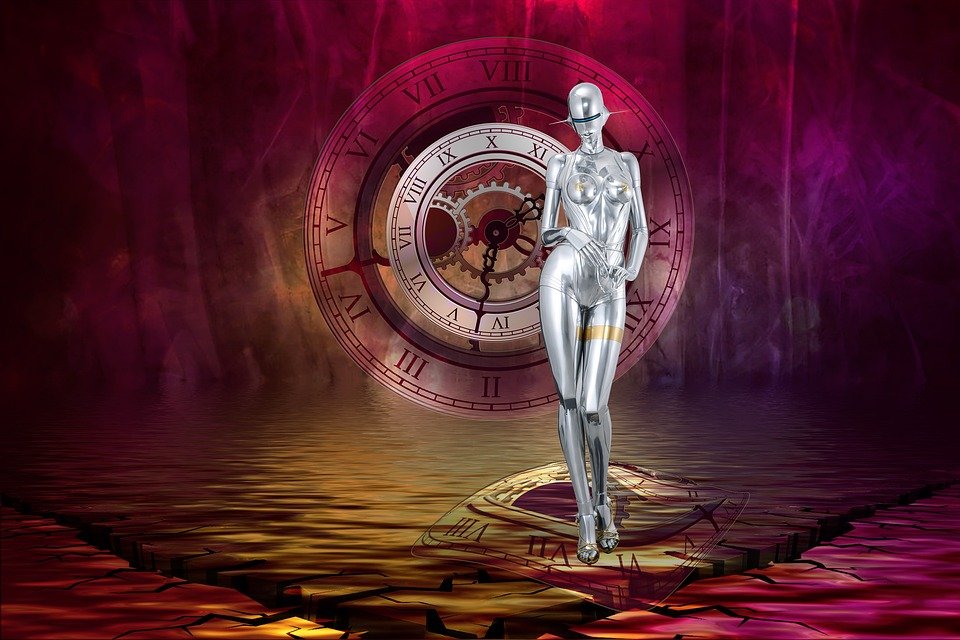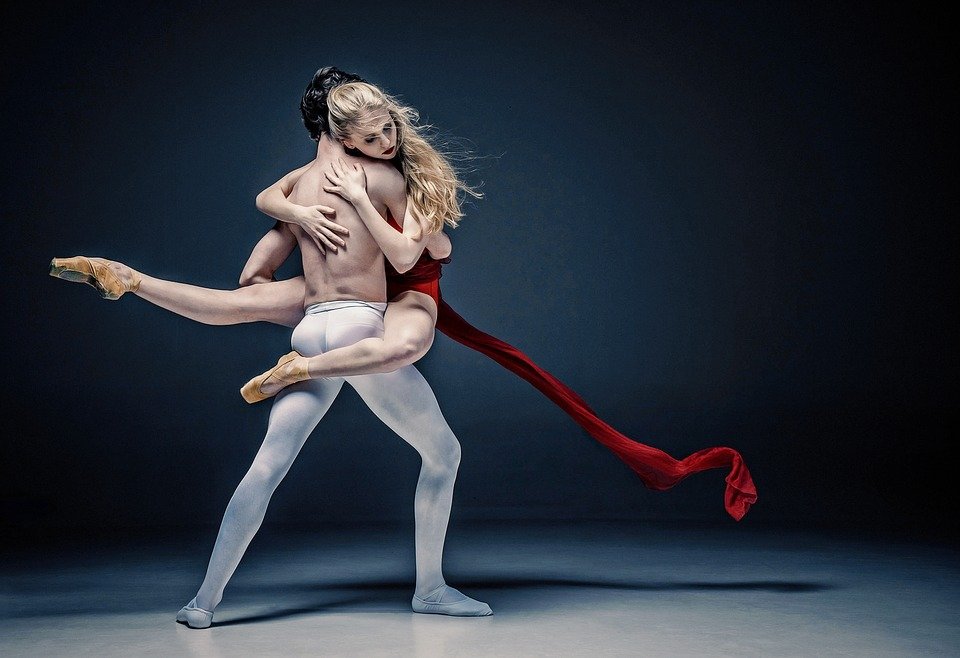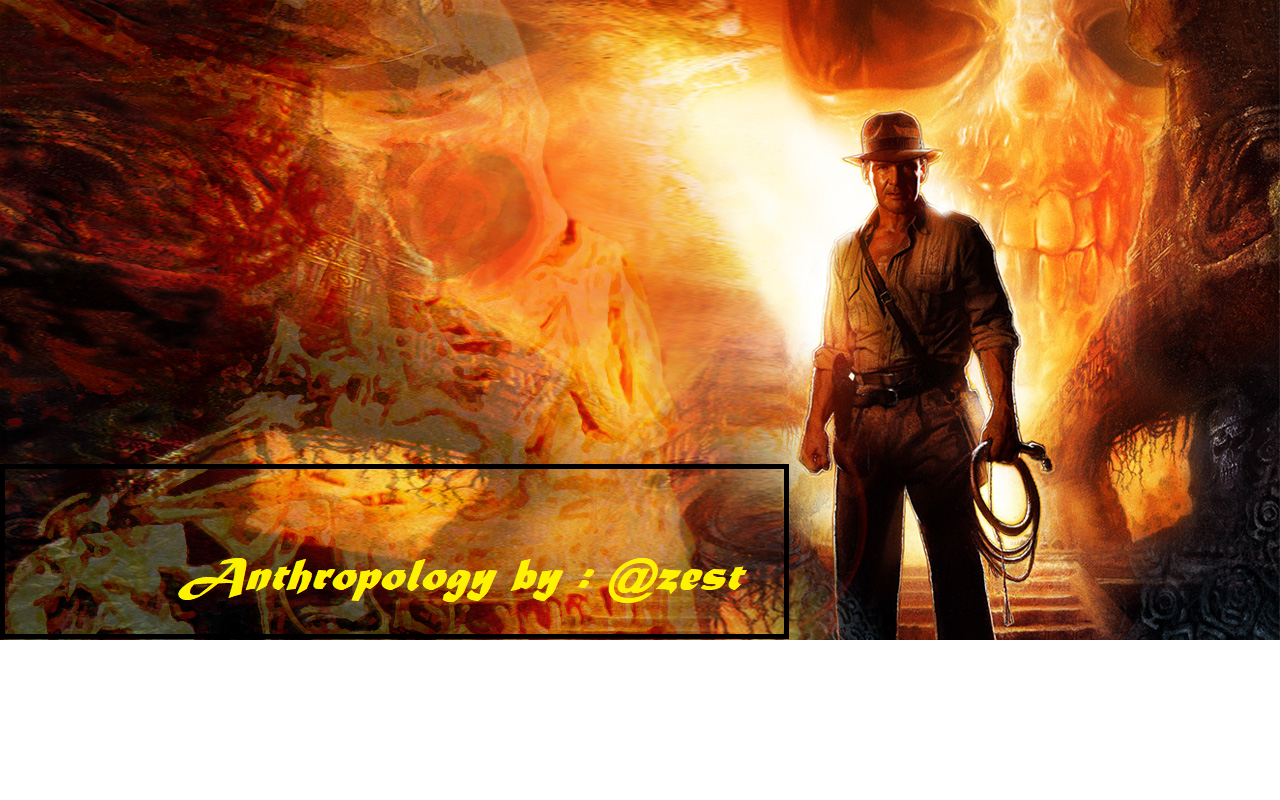
Your Body, Yourself: Part 1
Introduction
Everyone one of us has or is a body.
- However, does one possess a body?
- Or am I my body?
- Am I furthermore, something different from my body?
- If I have a body, does that imply I am somehow separate from it?
- What about a perception such as body-mind-soul?
People throughout the world think about their bodies in particular ways and deal with their bodies in a distinct manner - and anthropologists have always been interested in this, mainly because notions of the body and handling of the body are embedded in a wider sociocultural system and its inherent values and meanings. For this reason, such studies have to be carried out, and understood, in context.
Let us now explore and "experience" something of the different aspects, and perceptions, of the body. Some of the questions you should be asking yourself, and which we shall be considering, include the following:
- What different features of the body do people acknowledge, emphasise, tone down/under-state - and why?
- What techniques and rituals of the body do people use (for walking, sleeping, hygiene etc)?
- And what about the following?
- bodily decoration
- sex and gendered bodies
- diseased and dead bodies
- body (spare) parts
- bodies and discipline
- the symbolic use of "body" as in body politic"
- "body language"
The Body
Although we probably will agree, at least in a certain sense, that the body is natural, to what extent is the body a "socioculturally made" body? The body breathes and excretes waste and requires food and rest. We all share certain characteristics of what we might call "bodilines" such as flesh, blood, and bones as well as proneness to disease and illness, ageing and dying. But the body is also both an abstraction and is formed and shaped by a sociocultural system, and not least by the particular language of that system. All communities distinguish between different bodies - to mention but one example, the male and female bodies are differentiated and the focus is usually on female bodies rather than male bodies.
The sociocultural system and context have an influence on our bodies - what we eat, how we sleep and walk, work and play (recreation) and learn are some of the variables. But it is also a matter of how we experience our bodies - with pride, disapproval, confidence or embarrassment - all influenced by the current norms and values. And then there is also the matter of the systems' control over our bodies and the measure of discipline exerted on them.
The "physical" or natural body, however, cannot be ignored and people have always and everywhere never discounted this and have, in fact, often accentuated the physical body, particularly as far as appearance goes. Long, short, slender and stout bodies have been discerned (Peruvians for example, refer to a short person as a chato, a tall one as a flanco and someone with a disability as a manco etc). Hair colour and texture conspicuous (a person with red hair may be given the nick-name "ginger" or "carrot top", and note the wave of "blond" jokes or even the current trend of "no hair"). Skin colour, of course, has always been prominent: there are those who tan themselves to get a darker skin and those with naturally dark skins who use skin lightener!
Take the last-mentioned as a brief example. Human populations throughout the world differ in their average skin colour. People commonly regard skin colour as an important indicator of "race" and on this basis treat others differently and even discriminate against them. Anthropologists, however, have long since pointed out that skin colour is not a reliable indicator of ancestry - and DNA/genetic analysis has shown that a person with dark complexion might quite conceivably also trace her/his descent from forebears in western Europe. But when considering skin as part of the natural body, it has long since been indicated that very dark skin is due to the amount of melanin (dark pigment) in the skin which, in turn, is related to the climate in which a person (or the forebears) lives or lived - melanin protects the sensitive inner layers of the skin from the sun's damaging ultraviolet rays. Light-coloured skin again maximises ultraviolet penetration - ensuring adequate amounts of vitamin D for good health. Too much vitamin D is also detrimental, so dark skin in tropical climates protects people from possible illness in another way. Humans have made other physically/bodily adaptations - to high altitude (in the Himalayas and Andes), where the inhabitants do not develop a condition known as hypoxia or oxygen deficiency; to different temperatures - by body mass and stature; and to susceptibility - or lack of susceptibility to infectious diseases such as sickle-cell anaemia (abnormality of the red blood cells). Populations in tropical areas of Africa and Greece, Sicily and Southern India have more natural resistance to malaria.
Experiencing "The Body", Our Bodies
Although we might not consciously remember this, our awareness and experience of our bodies started when we were infants. We were often held, lovingly or not, we fed when we cried, then taught to walk, how to eat and how to behave - at the time, we were learning to do things to and with our bodies, but according to the guidelines or rules of our context, our sociocultural system. Toilet training, for example, varies from community- some swaddle their babies, other barely cover them; in some contexts, the entire family sleeps together for skin contact and body warmth, in others it is said that this would inhibit the development of independence and would be harmful to people's psychological and sexual health. Many countries now have top-selling childcare guides which are manuals about appropriate bodily practice and child training/discipline - usually reflecting the norms of the majority or most influential members of that specific sociocultural system.
Images and Perceptions of the Body
- Are you currently trying to lose weight?
- Do you attend a health and fitness centre and exercise or train with weights?
- Are you getting fit and /or getting your body "into shape"?
- Are these singers, movie or television personalities or sports stars who you admire and would like to, or do, emulate, particularly as far as their appearance goes?
- Have you ever changed your appearance significantly - hairstyle or colour, teeth straightened, cosmetic surgery, botox etc?
- How many people do you know who would reply positively to one or more of these questions?
It is not unusual for people to change their appearance (Body modification - will be discussed in part two). There are those who adopt a new diet and start exercising because they want to live a more healthy life. But there are also those who do so in order to follow the current "fashion" or image or perception of what an attractive body is (or is supposed to) look like. Peer pressure is also a significant factor.
Images of the ideal body are derived from many sources - parents, brothers and sisters, relatives, friends, peer group and, currently, from and through the media - celebrities, models, sports heroes, actors and actresses. In previous times, individuals who were regarded as having highly regarded or prized bodies (according to the contemporary sociocultural norms of the day) would simply have been identified from within the group. During the classical period, such bodies might have been "captured" or depicted in sculptures or paintings.
As we said earlier on, over the years the focus has, literally and figuratively, been on the female body. Today, however, men in various stages of undress are also to be seen often in in magazines and advertisements.
After the 1950s, however, the ideal female body changed dramatically, becoming thinner and thinner. This is an example of how images and perceptions of female attractiveness vary over time and significantly, very few of us are immune to these dictates - the dictates of a specific sociocultural system. Indeed, today, some sixty years after Gardner and Taylor, termed the condition "Anorexia Nervosa" (the medical term for the disease of self-starvation)is common and statistics of young people (particularly girls) dieting themselves to the point of starvation are disturbing.
Despite the impact of the feminist movement over the past decades, the reality still is that in communities all over the world, women display male wealth and prestige on and by their bodies. In the USA, Europe, South Africa, Australia etc, particularly in the urban areas, it is now the thin, elegant woman who displays the wealth and prestige of her husband. In rural Turkey, however, it is the round, plump woman who demonstrates for all to see that she is well provided for, that she has enough to eat - and this reflects honour and prestige of her husband. Fat is also beautiful among certain African groups.
At a festival in Niger, women "compete to become the heaviest. They train for the beauty contest by gorging on food, especially millet, and drinking lots of water on the morning before the contest". (Onishi 2001)
The current increasing focus on male bodies is not a shift in sociocultural ideal of beauty from women to men, but rather that both are being objectified, in other words, made into objects of desire - and hence the use of both bodies in advertisements.
End of Part 1
Thank you for reading.
Images are linked to their sources in their description and references are stated below.
Authors and Text Titles
Ember 2005 : Anthropology 11th Edition
Onishi 2001: New York Times
C Delaney 2004: Investigating Culture

